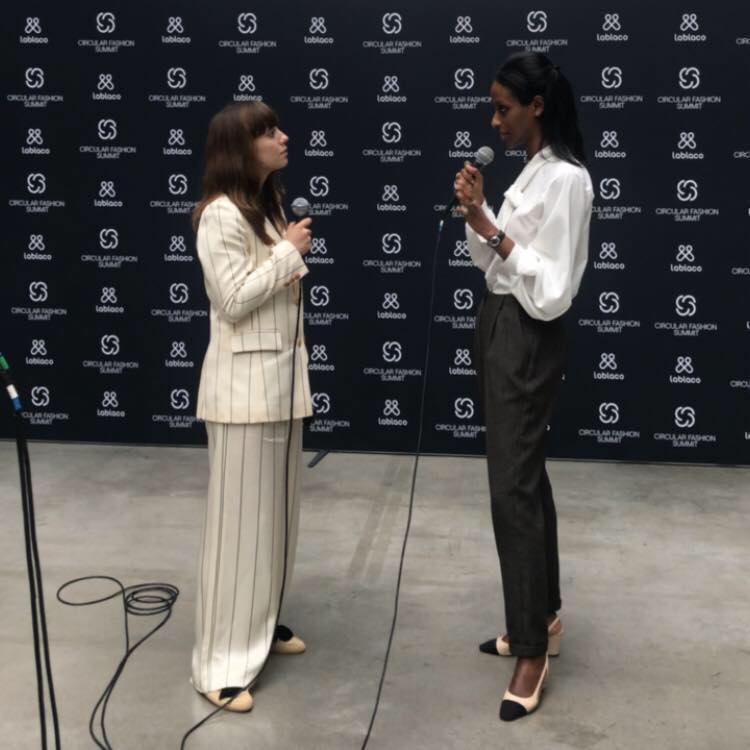With campuses in Milan, Florence, Paris, London, Mumbai, Shanghai, Schenzhen and Miami, it is an incubator for the next generation of emerging fashion designers and professionals. Each year, more and more graduates are competing for the same coveted roles within fashion companies, from design houses to press offices.
Founded in 1935, Marangoni has been around to witness the evolution of technology and how much impact it has had on the industry as we know it today. By introducing technology as part of the curriculum, the school seeks to give its alumni the best possible chance for future employment.
We caught up with Sennait Ghebreab, Programme Leader of three BA courses since 2015 at Marangoni, to discuss the place technology has in the fashion industry today, and the importance of embracing it.
Sennait’s experience and expertise stem from time spent dealing with the buying and retail dynamics of luxury markets. Focusing on brands’ business development in EMEAA markets, she has worked with the likes of Matthew Williamson, Burberry, Pringle of Scotland and Joseph.
Throughout her career, Sennait has championed technology and believes “fashion has always been a hotbed for innovation. Like tech, fashion is forward-looking and cyclical. And today, tech is transforming fashion at a faster pace than ever. From robots that cut and sew fabric to VR mirrors in dressing rooms, technology is automating, personalising and speeding up every aspect of fashion.”

Embracing technology seems to be no problem for millennials, and definitely not for Gen-Z. Having used Zedonk previously, Sennait saw the potential it could have for her students. “I came across Zedonk from working with brands and retailers. Immediately, it was clear the huge potential of it for professionals and also students. Zedonk is the perfect tool, that can share and enhance skills across the whole supply chain.”
By Introducing workshops, students were able to experience industry-specific practices firsthand. “It was very much hands on and our students got to cost garments, from factory level to retail. They have been fully engaged and enthusiastic. They felt the course was offering real valuable scenarios of the industry. Bringing industry into the curriculum helps boost their confidence.”
When it comes time to look for employment, Sennait believes the main challenges graduates face are “high levels of competition and lack of experience. I always suggest acquiring experience while studying, work hard, be resilient and keep motivation high. And another challenge is lack of confidence. Confidence is a state of mind and I am convinced that knowledge gives confidence.”
“The big conversation in the educational environment is how to prepare students not just to face, but to lead these changes.” It is not only students that face these challenges, but also institutes, especially when it comes to new developments, Sennait acknowledges, “the common denominator is technology, new technology is the enabler. Technology drives new communication channels, processes and ways of working, and ultimately enables better use of resources and economic growth.”
As we strive to consume more efficiently and sustainably, fashion-tech models are already changing how businesses operate. “Fashion-tech concepts will be an important driver of the change and innovation for an effective fashion transformation. Data is changing the industry and turning the supply chain and retail world upside down. With systems like Zedonk, data, fashion and technology come together.”
More and more companies are starting to implement fashion-tech systems to assist in running their operations. And so, emerging brands need to be just as business-minded as they are creative to succeed. “Today, a designer should start thinking and acting like a businessman. Systems can definitely help and provide a business soul to the creative world of designers. It is not a dress that makes a brand, but it is the combination of strategy, creativity and innovation that does.”
Sennait’s advice to aspiring young designers? “Define you audience and be yourself. Learn to say no. Research and destroy. Observe trends, and avoid. Build relationships. Seek criticism, and accept praise.”

